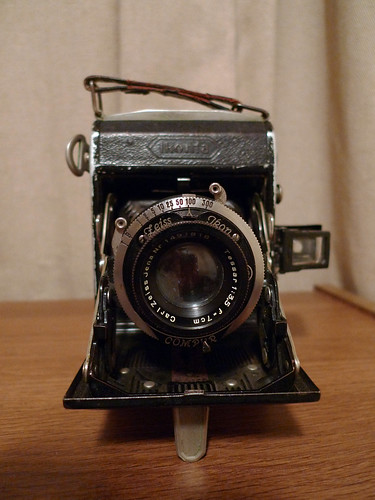gshybrid
Well-known
Not me, the camera. A few weeks ago I purchased a Zeiss Super Ikomat circa 1934. The first roll of film revealed the coupled range finder to be reversed from actual focus. I had a hard time finding any help adjusting it. The later Ikontas are fairly straight forward but the Ikomat requires that you first set the rangefinder, uncouple the lens and then set the lens to match the rangefinder setting. Pretty easy with a tape meassure until it's time to re-couple the lens as the rangefinder has a tendency to slip. I think I have it dead on now, below are some scans from a test roll. Is anyone shooting color transparencies with this or a similar camera. Will I get a light leak through the 2 film advance windows? If so how do you deal with that?








Last edited:


